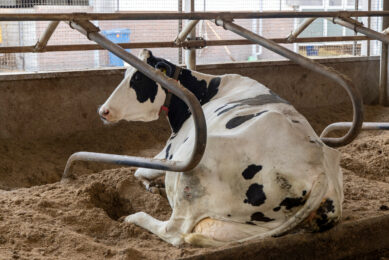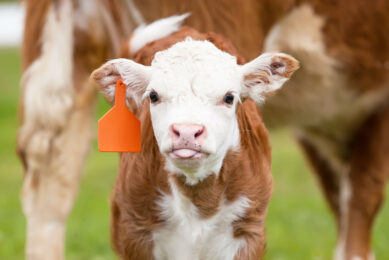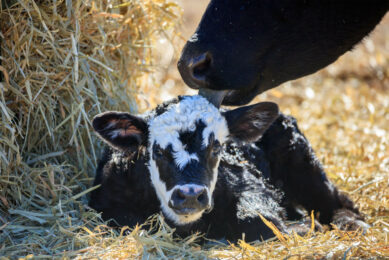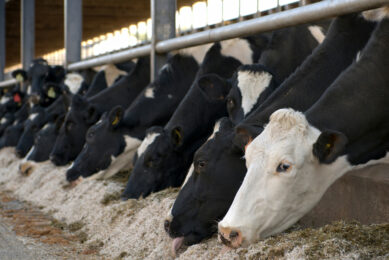Light intensity and time matter for cow welfare
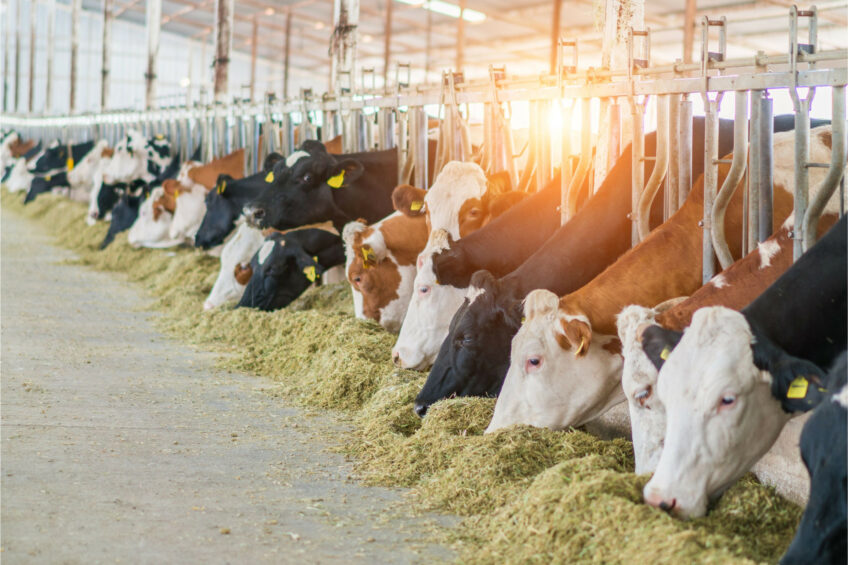
When considering indoor housing improvements for cattle and pigs, there ought to be more attention for the intensity and time animals are exposed to light and dark. That attention would be needed to secure the animals’ welfare.
This is the conclusion of a recent scientific review article that was published in the peer-reviewed journal Frontiers in Animal Science in January 2025. The article was compiled by researchers from various universities and institutes in Germany, Sweden and France.
The team of researchers wanted to gain a better understanding of how farm animals perceive and are affected by light. This is essential for designing appropriate, high-welfare housing and ensuring better management conditions. They wrote: “By considering the animal’s visual needs and adaptive capabilities, future housing and management can allow them to better express their natural behaviour.”
Yet, often, decisions have been made on what was useful or pleasant for humans rather than for the inhabitants of the farm buildings.
The research article focused on farmed ungulates, like cattle, pigs, horses, sheep and goats – and looked at 3 specific light parameters:
- Photoperiod, or the relative length the animal is exposed to light and dark in 24 hours.
- Illumination, or the measure of the incident light an animal is exposed to.
- Colour.
Many trials
Secondly, the team also tried to identify gaps of knowledge and pointed out implications on animal welfare and potential improvement of current animal husbandry environments. The team found that there was considerable variation in the number of studies by species and light parameters. A large focus of studies looked at illumination in pigs and colour perception in horses, they said, but research on cattle, sheep and goats, seems to have been underrepresented in the literature.
“Manipulating the light-dark ratio might influence cattle behaviour”
With regard to cattle, the team pointed to earlier studies on behavioural responses to changes in the light-dark ratio, which, they said, revealed that the provision of supplementary light for up to 18 hours per day resulted in reduced agonistic behaviours in calves and further decreased their activity levels. The team therefore mentioned that some of the studies discussed here suggest that manipulating the light-dark ratio might influence cattle behaviour to some extent.
Overestimating the importance of colour
“From a human perspective,” the team wrote, “there is a tendency to overestimate the importance of colour perception and preference, whereas contrast discrimination in combination with illumination intensity and quality seems to be more relevant for ungulate orientation and interaction with their environment.”
The researchers concluded: “Aside from the importance of other senses and their interaction with vision, the research team concluded that illumination and photoperiodicity seem to be most relevant for securing the welfare of farm ungulates. These aspects should therefore be given more consideration in indoor housing improvements.”
The scientific team calls for further research. They wrote, “Future research emphasis should be given to preference testing studies, as they provide insights into the animals’ motivation for specific light conditions that may further improve their welfare, but also health and performance.”
Join 13,000+ subscribers
Subscribe to our newsletter to stay updated about all the need-to-know content in the dairy sector, two times a week.



